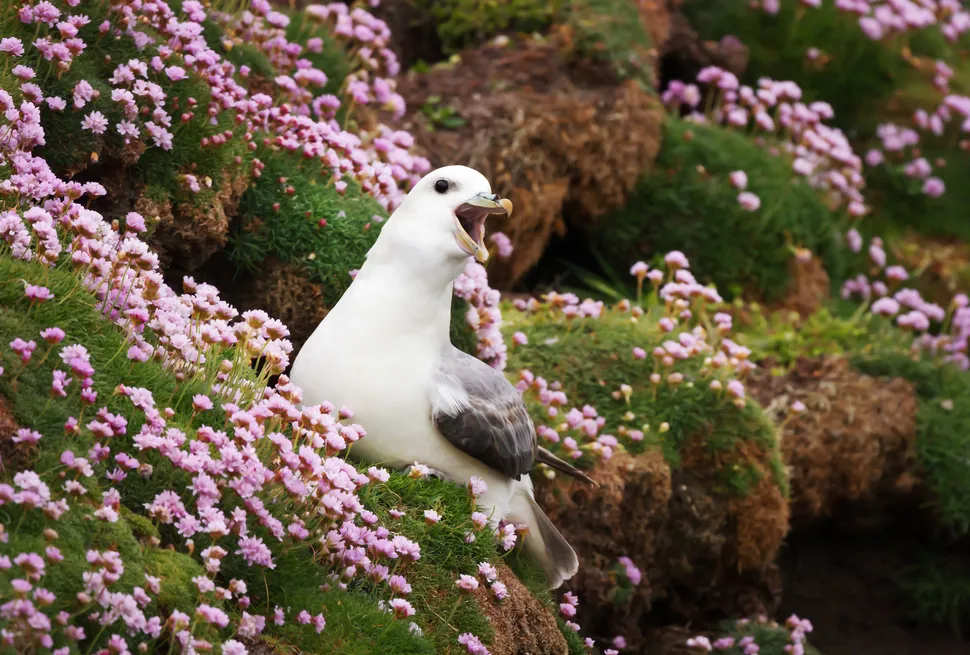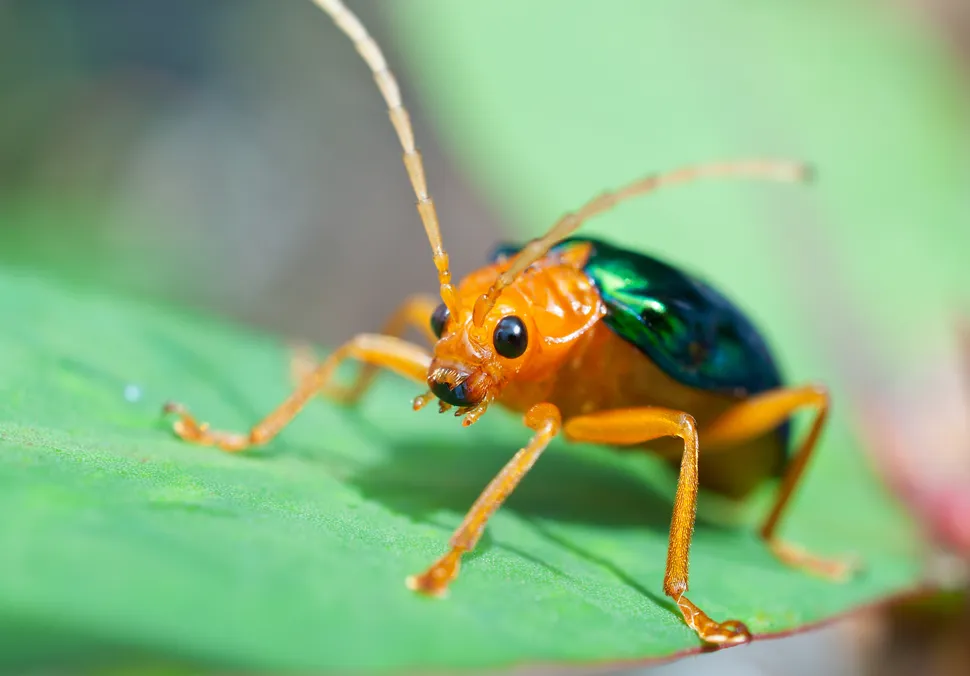To create a fire-breathing animal, you’d need to merge features from a cow, a beetle, and an eel. In the fantastical realm of George R.R. Martin’s Westeros, depicted in Game of Thrones and House of the Dragon, the fiery spectacle of dragons captures audiences through a blend of myth and fantasy. This imagery, for me, sparks scientific curiosity.
The sight of dragons spewing flames in House of the Dragon led me to ponder: if dragons were real, what biological mechanisms and chemical reactions could they use?
First, a brief chemistry refresher: to ignite and sustain a flame, three elements are necessary: a fuel, an oxidizing agent (typically oxygen from the air), and a heat source to initiate and maintain combustion.
Starting with the fuel, methane is a potential candidate. Many animals produce methane during digestion. The dragons in Westeros are depicted devouring sheep, but to generate enough gas to raze a city, our dragons would need a diet and digestive system akin to a cow’s.
However, storing large amounts of methane is problematic. A typical methane cylinder can handle 150 atmospheres of pressure, while even an extremely bloated gut can barely tolerate one atmosphere. Thus, terrestrial animals have no biological mechanism to store gases under such high pressure.
A better alternative would be a liquid fuel, like ethanol. Perhaps our dragons could harbor vats of fermenting yeast in their guts, or they might possess a metabolic system similar to that of Devil’s Hole pupfish. These fish, residing in hot springs in Nevada, USA, switch to ethanol-producing respiration under low oxygen conditions.
Yet, ethanol storage poses another challenge. Ethanol rapidly diffuses through biological membranes, making it difficult to maintain at high concentrations for immediate use. To ignite flames on command, as with the “dracarys” signal in High Valyrian (meaning “dragonfire”), would demand a unique biological adaptation.
For a more plausible explanation grounded in real-world biology, an oil-based solution is preferable. As anyone who has accidentally ignited a frying pan knows, oil can produce intense flames. The fulmar gull offers a biological precedent for this. These birds produce energy-rich stomach oil, which they regurgitate to feed their chicks. When threatened, they vomit the sticky, malodorous oil to deter predators. Thankfully, fulmars have not evolved the ability to ignite their vomit—yet.

Feeding the flames
Now that we have a fuel source, let’s turn our attention to the oxidizing agent. Typically, this would be oxygen, but to create a jet of pressurized flaming oil hot enough to melt an iron throne, we need more than the oxygen in the surrounding air. The oxygen must be well-mixed with the fuel to produce a hotter flame.
A dragon could draw on the chemistry used by the bombardier beetle. This insect has evolved to store hydrogen peroxide in specialized reservoirs. When threatened, the beetle releases hydrogen peroxide into a chamber containing enzymes that rapidly decompose it into water and oxygen.
This decomposition is an exothermic reaction, meaning it releases energy, raising the temperature of the mixture to nearly boiling. The reaction is so intense that it can even be used to propel rockets. The rapid production of oxygen and boiling water increases pressure, forcing the noxious mixture out of a vent in the beetle’s abdomen towards its threat.
By using a similar mechanism, a dragon could mix oxygen and fuel in its body, igniting a powerful flame. Combining the oil from the fulmar gull with the oxygen-generating reaction of the bombardier beetle creates a plausible biological basis for a fire-breathing dragon.

If employed by a dragon, this reaction offers several advantageous features. Firstly, it would generate the high pressure necessary to propel a jet of oily fuel. Secondly, the exothermic reaction would heat the oils, making them more combustible. Most importantly, it would produce the oxygen required to sustain the combustion reaction.
The dragon would need a biological equivalent of a petrol engine carburetor to mix the oil with the oxygen, creating an explosive mixture. Additionally, the erupting mixture would likely form a fine mist of oil droplets, similar to an aerosol, which would ignite even more effectively.
Combining these elements, a dragon could realistically produce a powerful, controlled flame, drawing on real-world biological and chemical principles.
The spark
Finally, we need a spark to ignite the mixture. For this, dragons could have evolved an electric organ similar to those found in many fish, particularly electric eels.
Electric eels can generate short pulses of up to 600 volts, which is easily enough to create a spark across a short air gap. If these sparks were discharged across ducts at the back of a dragon’s mouth, they could ignite the high-pressure jet of oil and oxygen.
While we’ll never see a dragon unleashing torrents of flames outside the realm of fiction, it’s intriguing to ponder the science behind the fantasy. So, next time you witness a Targaryen command “dracarys,” think about the biology that could underpin that magical inferno.
